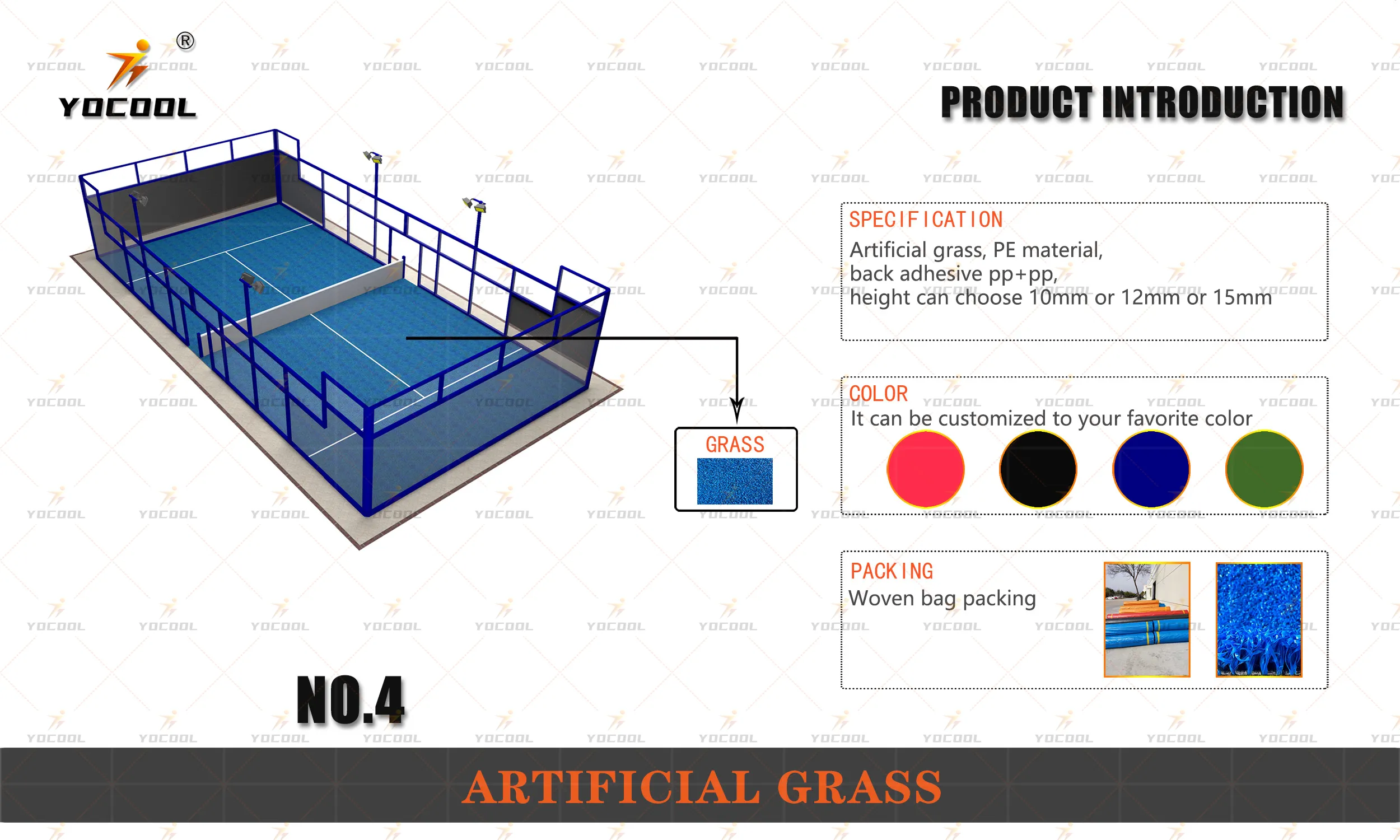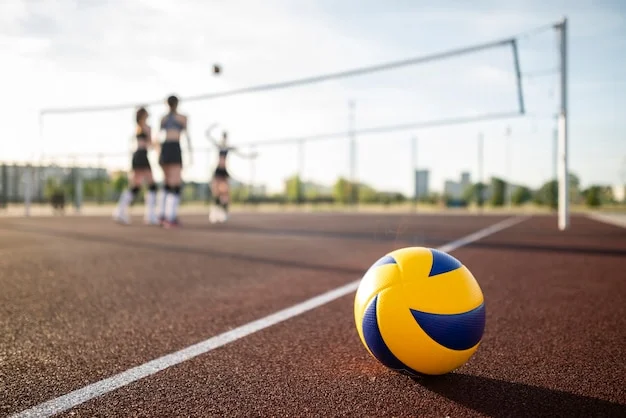


(sports floor)
In the evolution of athletic and recreational environments, the sports floor is an often-overlooked yet critical component determining performance, safety, and durability. With the rise in demand for multipurpose venues, the necessity of advanced floor solutions has become paramount. High-quality sports flooring not only enhances athletes’ performance but also preserves joint health and prevents injuries. Industry insights reveal that, as of 2023, the global sports flooring market exceeded $3.5 billion, and is projected to grow at a CAGR of 5.8% through 2030. This surge is powered by increased investments in school gyms, community recreation centers, and professional sports facilities worldwide. The floor selection, whether a PVC sports floor, rubber floor, or advanced composite, dictates acoustics, shock absorption rates, and overall playability. Notably, the latest trends emphasize eco-friendliness, modularity, and resilience against repeated high-intensity use.
The performance expectations for sports floors differ according to application. Criteria such as shock absorption, ball bounce, surface friction, and resistance to deformation are rigorously tested within the industry. For example, a top-tier PVC sports floor typically delivers 25-30% superior shock absorption compared to traditional hardwoods, and maintains uniform ball bounce rates exceeding 98%, ensuring consistency for athletes. Meanwhile, rubber floors are celebrated for their exceptional durability, boasting tensile strengths greater than 7.0 MPa and elongation at break values up to 350%. Furthermore, leading products are subjected to accelerated wear testing; premium synthetic flooring exhibits less than 0.07g/m² per 1000 cycles under the EN 14904 wear resistance standard. According to the International Basketball Federation (FIBA), sports floors must also comply with standard vertical deformation of 2.3 to 5.0mm, necessitating strict quality management throughout manufacturing processes. Combining these specifications leads to an optimal balance of performance, safety, and cost-effectiveness.
Selecting the right supplier is decisive for facility managers and architects. Below is a comparative table that outlines key performance metrics and features among top global manufacturers of sports flooring. The table incorporates criteria such as warranty, installation technology, environmental certification, and price range to facilitate objective decision-making.
| Manufacturer | Floor Type | Core Technology | Warranty (years) | Shock Absorption | EN 14904 Certified | Eco-Friendly | Price Range (per m²) |
|---|---|---|---|---|---|---|---|
| Gerflor | PVC Sports Floor | Taraflex® | 15 | 26-30% | Yes | 100% Recyclable | $25~$50 |
| Connor Sports | Maple, Synthetic | Rezill Sleeper, NeoShok | 10 | 20-28% | Yes | FSC Certified | $30~$90 |
| Regupol | Rubber Floor | Everroll® Compound | 12 | 24-27% | Yes | Made with Recycled Rubber | $18~$40 |
| Tarkett Sports | PVC Sports Floor | Omnisports, Lumaflex | 12 | 25-28% | Yes | GreenGuard Gold | $22~$55 |
This comparison highlights that manufacturers offer unique strengths, from innovative shock-absorbing technologies to rigorous environmental commitments. Product selection should align with the facility’s priorities—be it competitive play, multi-use flexibility, or sustainability objectives.
Each facility imposes distinct requirements on its sports flooring, necessitating customized solutions that address both the intended use and specific site conditions. Manufacturers leverage modular technology, digital surface printing, and precision layering to tailor systems for basketball courts, fitness studios, indoor tracks, and beyond. For instance, synthetic court surfaces can be specified with granular finishes for optimal grip in high-performance volleyball environments, while rubber floors can be engineered with added thickness for superior shock absorption in weight rooms. Advanced customization options include anti-bacterial coatings, noise-reducing underlayers, and branding through custom colorways. The emergence of smart floor sensors—integrated during manufacture—enables real-time player tracking and performance analytics, adding significant value for professional and educational institutions alike. Successful custom projects often begin with a thorough subfloor assessment, ensuring compatibility with underfloor heating or moisture control requirements.
Evidence of the impact of modern sports floor solutions is found in their broad and diverse applications. In 2022, an Olympic-standard volleyball center in Germany adopted a high-performance PVC sports floor, reporting a 34% reduction in athlete injury incidents over the first year, compared to legacy hardwood. Likewise, a flagship fitness center in Sydney retrofitted its strength training zones with recycled rubber flooring and observed a 23% increase in member satisfaction related to noise and comfort levels. University athletic complexes increasingly favor modular sports floor systems, allowing seasonal repurposing of space without compromising athletic standards. Innovation also extends to outdoor multi-court areas, where UV-resistant and anti-slip topcoats significantly extend surface lifespans. Across the board, these case studies demonstrate that a well-chosen sports flooring system can influence participation rates, athlete well-being, and return on investment for facility operators.
Optimizing facility operations is much easier when choosing flooring systems designed for simple, cost-effective maintenance. The latest PVC sports floors feature proprietary surface layers that resist staining and simplify cleaning, reducing annual maintenance costs by up to 40% compared to conventional surfaces. Rubber floors, naturally resistant to water and most chemicals, are preferred in environments requiring high hygiene standards, such as locker rooms or indoor tracks. Sustainability is now a key driver of product innovation: more than 75% of new sports floor lines launched in 2023 were manufactured with at least 50% recycled content or featured full-cycle recyclability. Manufacturers now offer take-back programs ensuring minimal environmental impact at end of life. Lifecycle analysis data confirms that engineered sports floors can deliver up to 25 years of high performance, with minor refurbishments mid-term. Facility certifications like LEED have started awarding bonus points for sports floor materials contributing to energy efficiency and air quality improvement.
The next decade will be shaped by unprecedented advances in sports floor technology, responding to evolving athletic standards and escalating sustainability expectations. The integration of digital diagnostics—providing instant feedback on floor resilience and performance—will empower coaches and facility managers like never before. Hybrid materials, blending renewable bio-polymers with recycled content, are forecast to drive at least 35% of new market share by 2030. Furthermore, the expansion of e-sports and adaptive sports programs is fueling demand for highly customizable, inclusive flooring solutions. As sports floor systems continue to become smarter and greener, their role in shaping athlete safety and facility success grows even more critical. Aligning future investments with these trends ensures that venues remain competitive, accessible, and environmentally responsible for the years ahead.

(sports floor)
Homogeneous Transparent Floor – Durable & Stylish Rubber Floor Solutions
Premium Homogeneous Transparent Floor for Durable & Stylish Spaces Rubber Floor Solutions
Premium Sports Floor Solutions Durable PVC Sports Floor & Rubber Floor for Gyms
Durable Rubber Composite Floor Premium Rubber Floor & Mats Solutions
Premium Rubber Composite Floor – Durable, Non-Slip, Eco-Friendly Rubber Floor Mats for Commercial & Residential Use
Premium Rubber Floor Solutions Rubber Floor Mat & Rubber Composite Floor for All Spaces